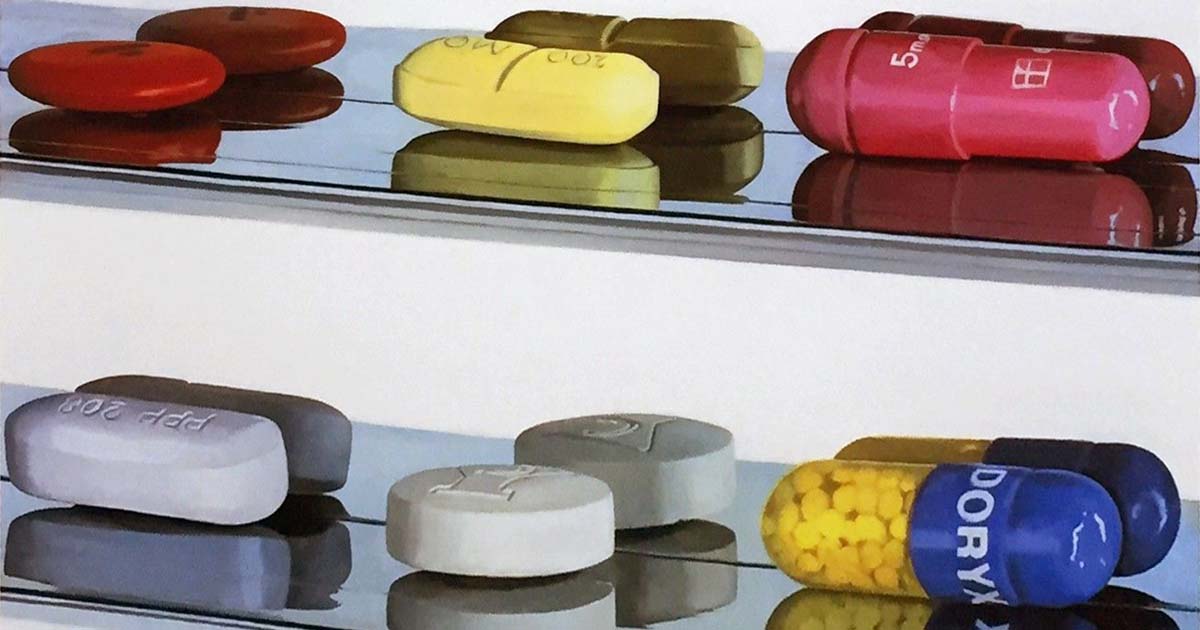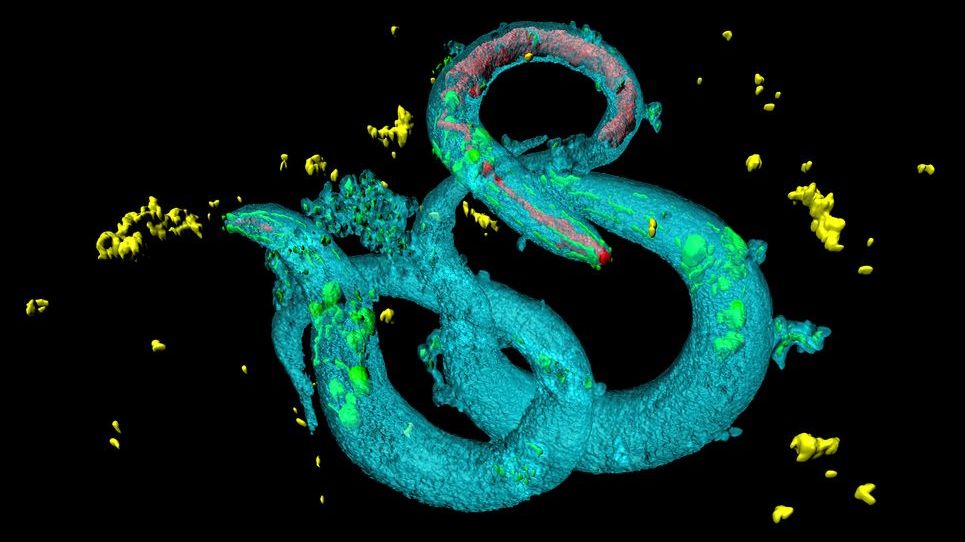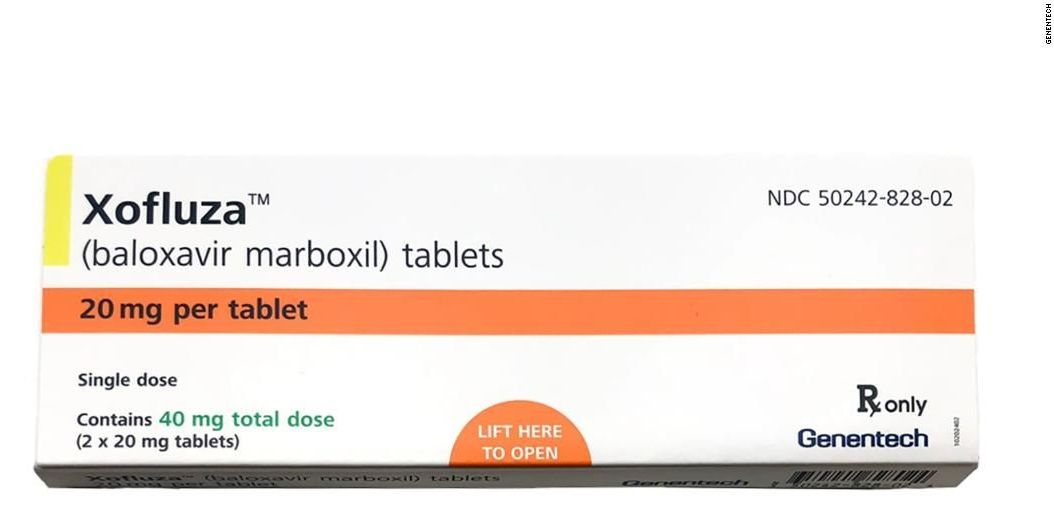Nootropics or “Smart Drugs” have been credited with enhancing cognitive functions, including creativity. We dug into the research to find out if they really do.



The cerebellum can’t get no respect. Located inconveniently on the underside of the brain and initially thought to be limited to controlling movement, the cerebellum has long been treated like an afterthought by researchers studying higher brain functions.
But researchers at Washington University School of Medicine in St. Louis say overlooking the cerebellum is a mistake. Their findings, published Oct. 25 in Neuron, suggest that the cerebellum has a hand in every aspect of higher brain functions — not just movement, but attention, thinking, planning and decision-making.
“The biggest surprise to me was the discovery that 80 percent of the cerebellum is devoted to the smart stuff,” said senior author Nico Dosenbach, MD, PhD, an assistant professor of neurology, of occupational therapy and of pediatrics. “Everyone thought the cerebellum was about movement. If your cerebellum is damaged, you can’t move smoothly — your hand jerks around when you try to reach for something. Our research strongly suggests that just as the cerebellum serves as a quality check on movement, it also checks your thoughts as well — smoothing them out, correcting them, perfecting things.”

Drugs that target multiple aging pathways at once significantly extend the healthspan and lifespan of nematodes.
In a paper published in Developmental Cell, scientists from Yale University have demonstrated how targeting multiple pathways related to aging with different drug combinations can slow aging down and extend healthy lifespan in C. elegans [1].
Abstract
There is growing interest in pharmacological interventions directly targeting the aging process. Pharmacological interventions against aging should be efficacious when started in adults and, ideally, repurpose existing drugs. We show that dramatic lifespan extension can be achieved by targeting multiple, evolutionarily conserved aging pathways and mechanisms using drug combinations. Using this approach in C. elegans, we were able to slow aging and significantly extend healthy lifespan. To identify the mechanism of these drug synergies, we applied transcriptomics and lipidomics analysis. We found that drug interactions involved the TGF-b pathway and recruited genes related with IGF signaling. daf-2, daf-7, and sbp-1 interact upstream of changes in lipid metabolism, resulting in increased monounsaturated fatty acid content and this is required for healthy lifespan extension.

On the 23rd of this month, Dr. David Sinclair did an Ask Me Anything over at the Futurology subreddit in support of the NAD+ Mouse Project on Lifespan.io. There were a range of interesting questions from the community about his work in aging research, particularly the role of NAD+ in aging.
Dr. David A. Sinclair is a Professor in the Department of Genetics at Harvard Medical School and a co-joint Professor in the Department of Physiology and Pharmacology at the University of New South Wales. He is the co-Director of the Paul F. Glenn Laboratories for the Biological Mechanisms of Aging and a Senior Scholar of the Ellison Medical Foundation. He obtained his Ph.D. in Molecular Genetics at the University of New South Wales, Sydney in 1995. He worked as a postdoctoral researcher at M.I.T. with Dr. Leonard Guarente; there, he co-discovered a cause of aging for yeast as well as the role of Sir2 in epigenetic changes driven by genome instability.
More recently, he has been in the spotlight for his work with NAD+ precursors and their role in aging and has been helping to develop therapies that replace NAD+, which is lost with aging, in order to delay the diseases of old age. Below are a selection of questions and answers from the AMA, and we urge you to head over to Reddit Futurology to check out the other questions that people asked.



Flu sufferers now have a new option for relieving symptoms. Xofluza (baloxavir marboxil), a single-dose, oral prescription drug, was approved by the US Food and Drug Administration on Wednesday. The antiviral is the first new flu treatment approved by the FDA in nearly 20 years, FDA Commissioner Dr. Scott Gottlieb said in a statement.
“With thousands of people getting the flu every year, and many people becoming seriously ill, having safe and effective treatment alternatives is critical,” said Gottlieb.
The pill is intended for patients who are 12 or older and who have had symptoms for no more than 48 hours. When patients with the flu, a respiratory illness, are treated within 48 hours of becoming sick, antiviral drugs can reduce symptoms and duration of illness, according to the FDA.



Many mutations accumulate in the esophagus as we age.
Scientists at the MRC Cancer Unit of the Wellcome Sanger Institute and other departments of the University of Cambridge discovered that healthy esophageal tissue accumulates very high numbers of mutations with age, to the point that, by the time middle age is reached, it is likely to contain more cells with a particular mutation than cells without it [1].
Abstract
The extent to which cells in normal tissues accumulate mutations throughout life is poorly understood. Some mutant cells expand into clones that can be detected by genome sequencing. We mapped mutant clones in normal esophageal epithelium from nine donors (age range, 20 to 75 years). Somatic mutations accumulated with age and were caused mainly by intrinsic mutational processes. We found strong positive selection of clones carrying mutations in 14 cancer genes, with tens to hundreds of clones per square centimeter. In middle-aged and elderly donors, clones with cancer-associated mutations covered much of the epithelium, with NOTCH1 and TP53 mutations affecting 12 to 80% and 2 to 37% of cells, respectively. Unexpectedly, the prevalence of NOTCH1 mutations in normal esophagus was several times higher than in esophageal cancers. These findings have implications for our understanding of cancer and aging.